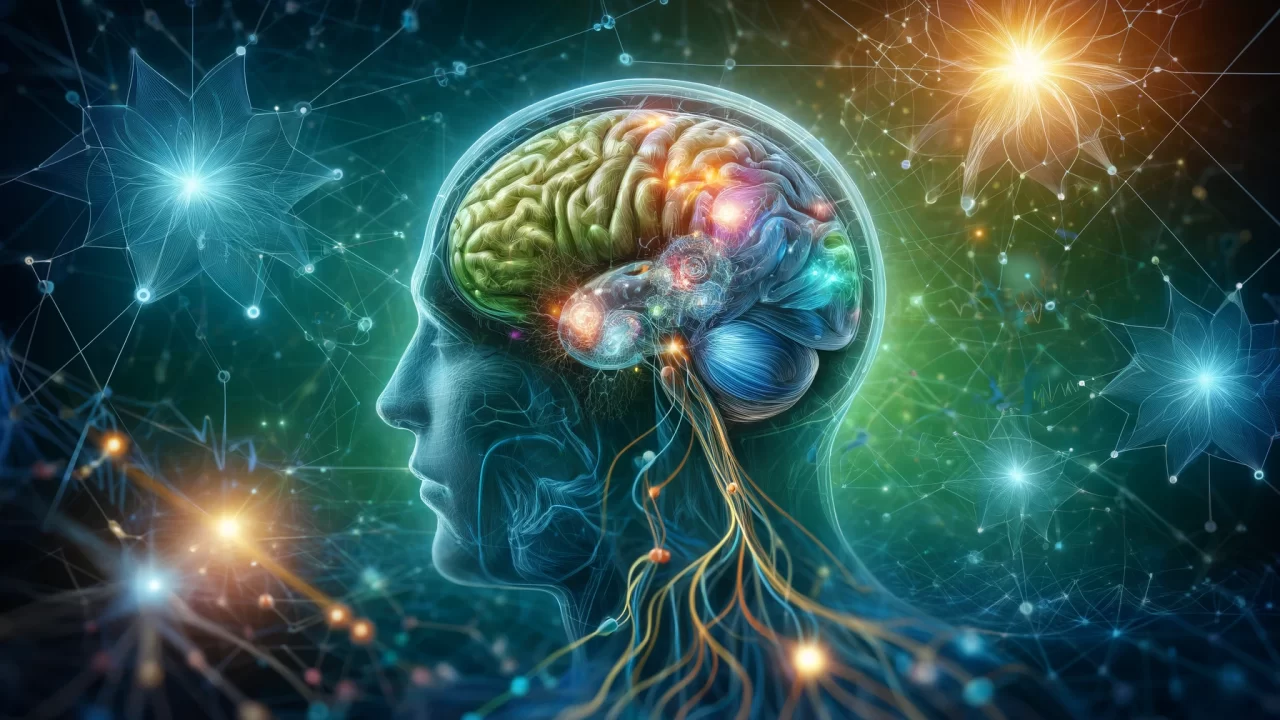Introduction
Addiction is far more than a dependency on substances—it’s a complex interplay of emotional, cognitive, and neurological factors. Rooted in unresolved issues and a yearning for connection, addiction often emerges as a coping mechanism to soothe deeper emotional distress. This article explores how rumination, resentment, and the quest for connection influence addictive behaviors from a neurological perspective.
Rumination, Resentment, and Addiction
Rumination: Rumination involves repetitive negative thinking, dwelling on past failures or traumas. Neurologically, it heightens activity in the brain’s default mode network (DMN), impairing present-moment awareness and fostering discontent.
Resentment: Characterized by bitterness and anger towards others, resentment activates emotion-processing regions like the amygdala. It fuels emotional distress and alienation, impairing social connections crucial for well-being.
Early Solutions and Addiction’s Aggravation
Initially, addictive behaviors offer relief from rumination and resentment. Drugs or behaviors like gambling provide temporary escape from emotional turmoil. However, over time, addiction worsens these underlying issues, deepening emotional distress and reinforcing maladaptive coping mechanisms.
Cognitive and Emotional Perspectives
Cognitively, rumination and resentment create a cycle of negative thoughts, akin to internalized criticism. Emotionally, addiction becomes a means to numb overwhelming distress temporarily.
Neurological Underpinnings of Addiction: Dopamine and Opioid Systems
Addictive substances hijack the brain’s reward pathways, particularly dopamine and opioid systems. These adaptations increase sensitivity to negative stimuli and perpetuate addictive behaviors.
Stress Systems and Attachment Styles
Chronic stress dysregulates the hypothalamic-pituitary-adrenal (HPA) axis, undermining resilience and increasing vulnerability to addiction. Early bonding experiences shape neurological development, influencing how individuals perceive and cope with stressors.
Conclusion
Understanding addiction through the lenses of rumination, resentment, and neurological mechanisms reveals its complexity. It’s not merely about substance use but a symptom of deeper emotional turmoil and unmet needs. By addressing these underlying issues holistically, we can pave the way for healing and recovery.
References:
- McEwen, B. S. (2007). Physiology and neurobiology of stress and adaptation: Central role of the brain. Physiological Reviews, 87(3), 873–904.
- Nestler, E. J. (2004). Historical review: Molecular and cellular mechanisms of opiate and cocaine addiction. Trends in Pharmacological Sciences, 25(4), 210–218.
- Nolen-Hoeksema, S. (2000). The role of rumination in depressive disorders and mixed anxiety/depressive symptoms. Journal of Abnormal Psychology, 109(3), 504–511.
- Volkow, N. D., & Li, T.-K. (2004). Drug addiction: the neurobiology of behaviour gone awry. Nature Reviews Neuroscience, 5(12), 963–970.
- Wise, R. A. (1996). Addictive drugs and brain stimulation reward. Annual Review of Neuroscience, 19(1), 319–340.
